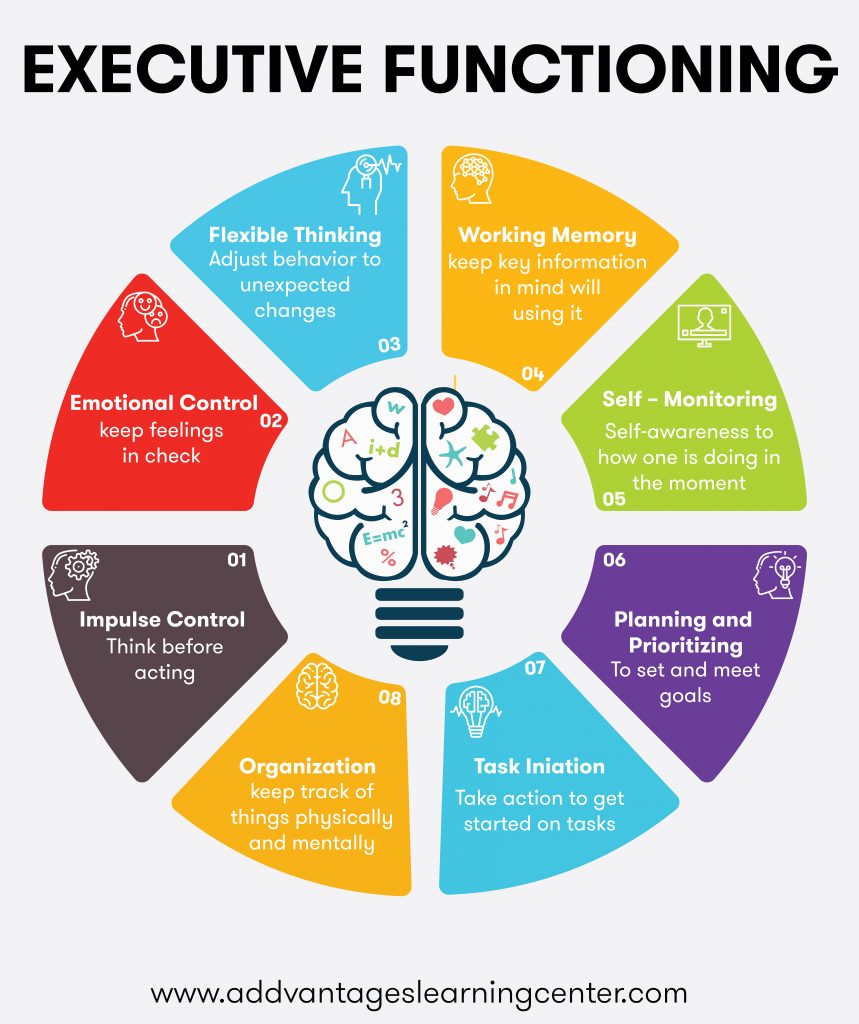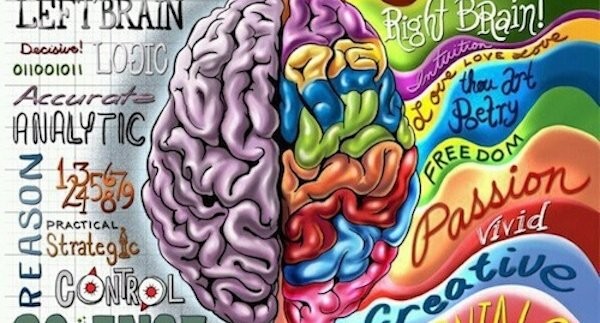In the realm of psychological and therapeutic interventions, Collaborative Problem Solving (CPS) emerges as a transformative approach that not only addresses behavioural challenges but also resonates deeply with the intricate workings of the human brain. This article delves into the core principles of CPS and its alignment with the neural intricacies that shape human behaviour, change, and development. Dr. Bruce D. Perry, a renowned neuroscientist, and expert in trauma’s impact on development, joins forces with this innovative approach, demonstrating how the human brain, when understood through the lens of neuroscience, offers insights into resolving complex challenges.
Dr. Bruce D. Perry: The Intersection of Neuroscience and Therapy
Dr. Perry, acclaimed for his work in trauma’s aftermath and its effects on brain development, presents CPS as a therapeutic method rooted in understanding the brain’s mechanisms. He collaborates with various professionals, including therapists, educators, and parents, providing them with tools to engage meaningfully with individuals experiencing behavioural challenges. His insights are encapsulated in his distinctive model, which underscores the importance of neural networks in healing, change, and cognitive growth.
The Complex Landscape of the Brain
The human brain, a marvel of complexity, comprises myriad neural networks, each intricately connected to mediate different functions. Dr. Perry introduces the concept of the “upside-down triangle brain,” mapping neural regions based on their functional roles. From regulating basic bodily functions to enabling advanced cognitive processes, these networks form a comprehensive web of interconnected systems. Dr. Perry’s expertise in neurobiology underpins his understanding of neurotransmitter networks that influence not only cognitive processes but also emotional responses.
The Dynamics of Stress Response
The brain’s response to stress serves as a critical linchpin in Dr. Perry’s framework. He illustrates the role of core regulatory networks, such as those related to serotonin, norepinephrine, and dopamine, in mediating stress responses and fostering development. Importantly, these networks can contribute to both positive and negative outcomes, depending on the nature and predictability of the stressors. Dr. Perry connects this understanding to a range of societal challenges, including trauma, racism, and exclusion, shedding light on how these factors influence neural networks and overall well-being.
Collaborative Problem Solving: The Timing of Change
The heart of CPS lies in its synchronization with the brain’s capacity for change. Dr. Perry emphasizes that therapeutic change is not solely cognitive but is rooted in neural transformations. Understanding the brain’s timing is crucial, as neural networks respond more effectively to brief and regulated interactions. This concept resonates with training regimens in sports and fitness, where short bursts of engagement yield optimal results. In a similar vein, CPS leverages concise yet intentional interactions to regulate and reshape neural pathways.
The Sequence of Engagement: Regulate, Relate, Reason
An integral aspect of CPS is the “sequence of engagement,” where interactions align with the brain’s sequential processing of stimuli. Dr. Perry outlines how this process begins with regulation, engaging lower brain regions to foster a sense of safety. From there, individuals progress to relational engagement, where the brain’s capacity for communication and connection is activated. Finally, cognitive engagement at the cortex level allows for reflective reasoning. This sequence mirrors the brain’s natural progression and facilitates therapeutic change in a neurologically aligned manner.
The Power of Presence and Regulation
Central to the success of CPS is the therapist’s, educator’s, or parent’s presence and attunement to the individual’s emotional state. Dr. Perry highlights the significance of being fully engaged during interactions to establish a sense of safety and belonging. These interactions mimic the brain’s innate response to distress, where seeking out individuals who provide emotional support is a survival mechanism. Collaborative problem-solving ensures individuals experience consistent and regulated interactions that counterbalance periods of stress and uncertainty.
Conclusion: Bridging the Brain and Therapeutic Change
Dr. Bruce D. Perry’s integration of neuroscience and Collaborative Problem Solving offers a groundbreaking approach to fostering therapeutic change. By aligning interventions with the brain’s intricate architecture and timing, this methodology provides a framework for transformation that resonates with our neural pathways. As professionals and caregivers embrace CPS, they embark on a journey that not only addresses behavioural challenges but also enhances well-being and cognitive growth. By understanding the brain’s underlying mechanisms, we can unlock the full potential of collaborative problem-solving and forge a path toward lasting change.








